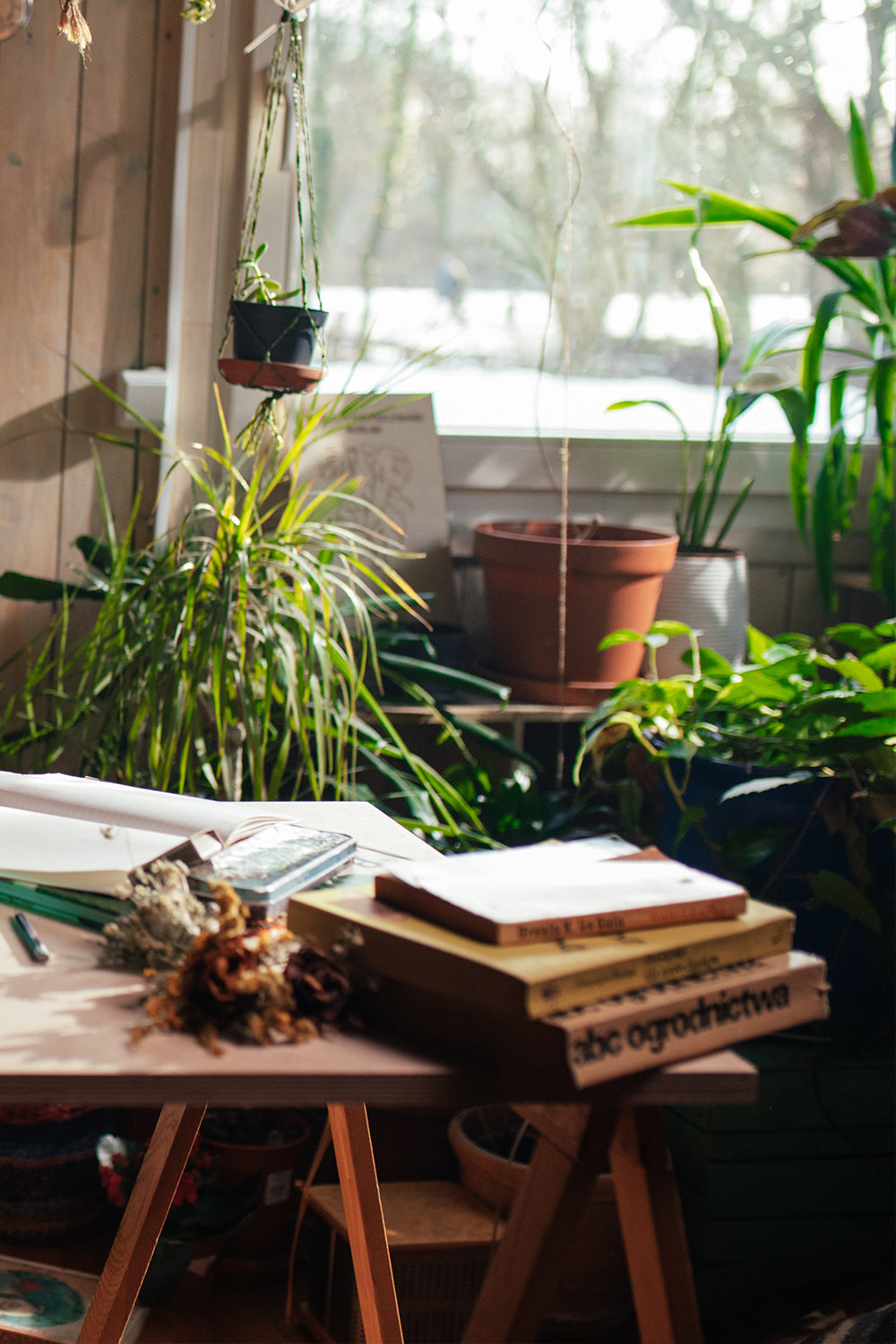
Four Ways to Help your Plants Thrive Through the Winter
This time of year you may notice your plants are not looking as lush and vibrant as they did over the summer; whether that manifests as slowed growth, stretching, yellowing or browning leaves, or even leaf loss! This is due to decreased hours of daylight, a weaker angle of the sun, overall cooler temperatures, and lower humidity levels.
Below are four ways you can adjust your care regimen to help keep your plants happy and healthy until spring!
Light
In winter, there simply isn't enough energy from the sun for plants to keep up with their summer growing pace. As a result you may notice more leaf yellowing, specifically on the lower leaves. This is your plant re-prioritizing newer growth (which is closer to the light source) and eliminating growth that isn’t working as hard anymore. Prune yellow or dead growth back to keep your plant looking its best. Yellowing or browning growth will never revert back to green, so once you have determined the reason for the discoloration, you can snip and toss!
Ideally if you are able to move your plant a few feet closer to the light source, this will help it get as much energy as it can and survive, if not thrive during winter! Don’t be too concerned if your plant starts to look a little sparse, most plants fill right back out come spring!
Water
As a general rule of thumb less light = less water for most plants year-round. As the less intense and less frequent winter light signals to your plant to slow down or go dormant, your watering should be adjusted accordingly. This time of year we rarely need to thoroughly soak a plant, meaning to water slowly until all soil is saturated and comes running out of the drainage hole.
Rather, you can add about 3-5 days onto your watering cycle, always checking the soil for moisture first, and focus on watering right around the root ball. An additional 1-2” of soil should be dry before watering again to protect against root rot. The use of a wooden skewer or chopstick is helpful in assessing soil moisture deeper into the pot.
You may be surprised by how long it takes your plant to dry out! Resist the urge to overwater! Some plants jump up into several weeks between watering and true cactus rarely need a single drink all season!
Temperature
Most houseplants grow so well indoors because of the relative lack of temperature fluctuation year-round in our homes. Consistent temps between 65-75 are ideal, however be careful not to place plants too close to heating or cooling elements. Artificial temperature changes are usually too drastic for plants to react to and can cause shock. This may show itself in rapid leaf loss, scorching or brown spots/tips, or leaf curling. Be sure to keep your plants at least a few feet away from heating elements and add a fan for air circulation if possible.
This may be tricky if your heating vent is under your window! Try to balance giving your plant more light in the winter, without scorching it on a radiator!
Humidity
We all know one of the worst parts of winter (aside from cold!) is the dry, dry air. This especially affects our tropical friends who would love for humidity levels to stay between 40-60% all the time. You may be surprised to know that humidity levels in our homes can drop to 20-30% this time of year! I personally use an Acurite hygrometer (the fanciest equipment I use for indoor gardening, coming in at a whopping $13) to help monitor my indoor conditions and inform whether or not I need to use my humidifier.
It may seem excessive to buy a humidifier for your plants, however, there are multiple health benefits for humans too! Plant care is self care 😊 If you still aren’t convinced, you can try grouping your plants, adding pebble trays, or misting first.
Hopefully this helps you and your plant friends beat the winter blues, spring will be here sooner than you think! As always feel free to DM or email us with any specific plant questions not addressed here!

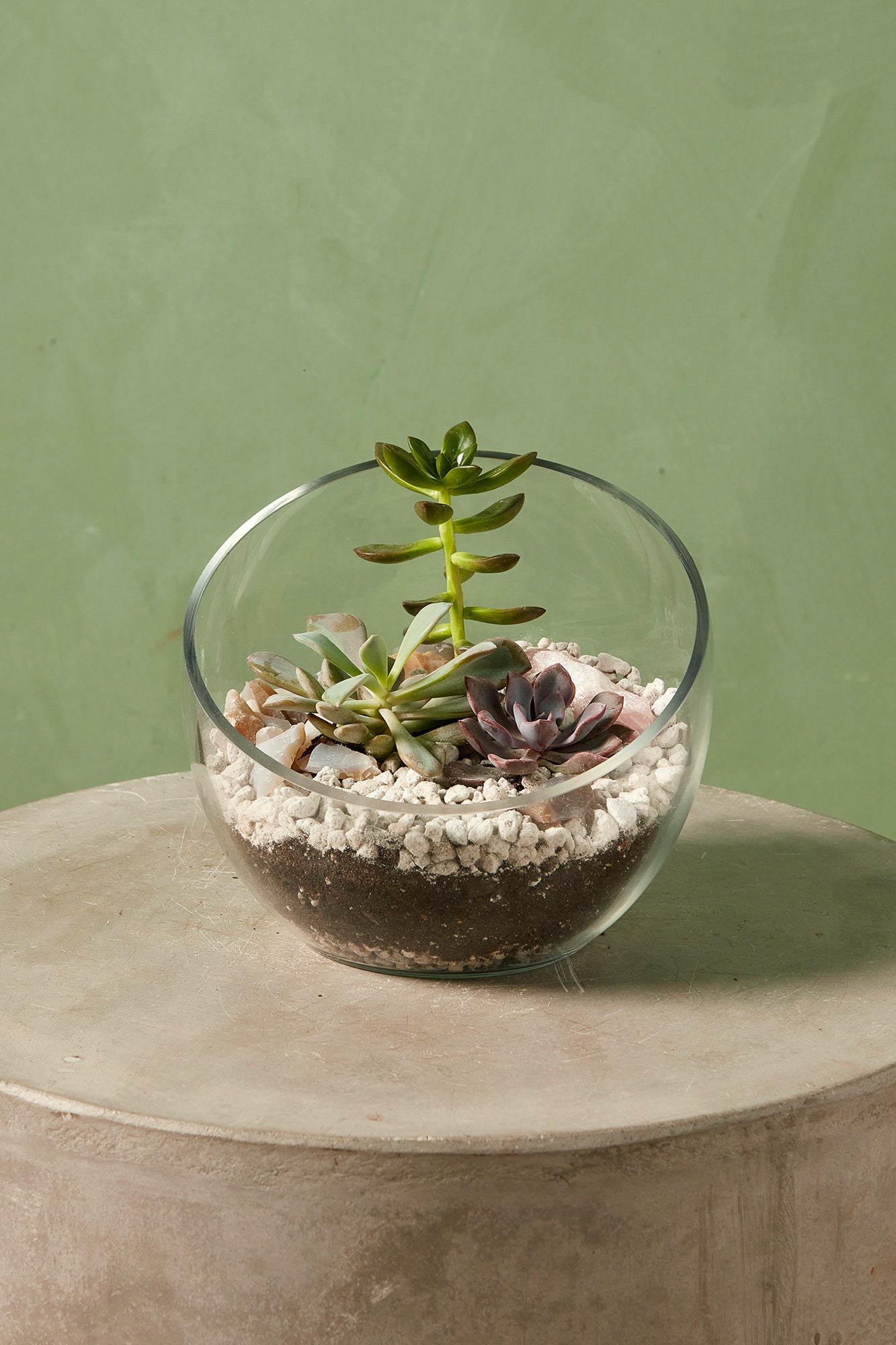
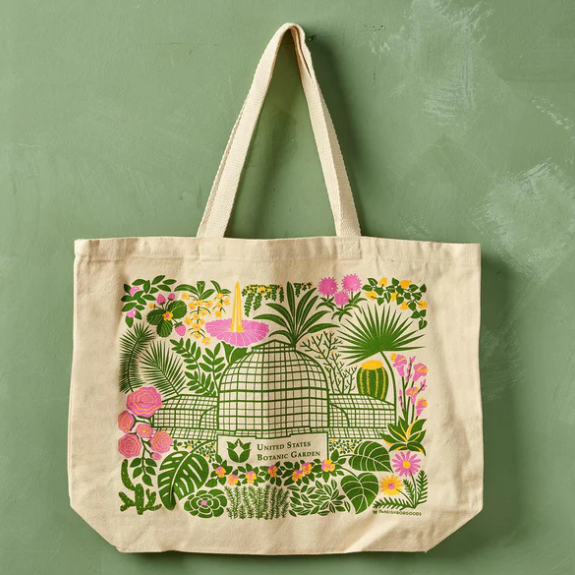
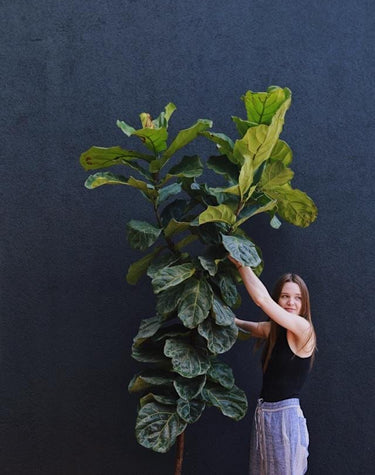
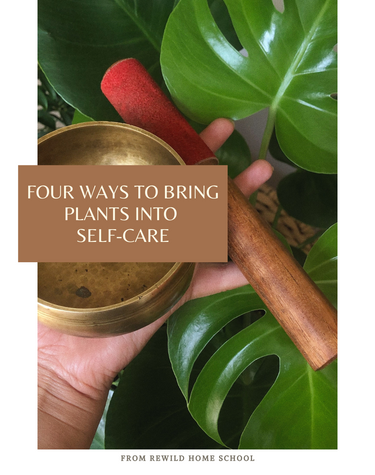
Leave a comment
This site is protected by hCaptcha and the hCaptcha Privacy Policy and Terms of Service apply.